source: Gerry S. Rubio | voxbikol.com
If poets, as Ann Lauterbach forwards, protect language from serving any master, then this year’s Ateneo National Writers Workshop (ANWW) more that proved this truism, considering the dynamism and sovereignty of its literary genres, as well as its fellows and panelists.
It was indeed a rich harvest of 24 literary pieces from 12 writing fellows in three session days in the 10th Ateneo National Writers Workshop held on October 25-27, 2010 at Instructional Media Center, Ateneo de Naga University. The workshop received a generous endowment from the National Commission for Culture and the Arts (NCCA) and from the Office of the President, Ateneo de Naga University.
An exhaustive critiquing of the writer’s outputs was done by 13-member panel comprised of Dr. Benilda S. Santos, Dr. Michael Coroza, Dr. Alvin Yapan, Prof. D.M. Reyes, Dr. Jazmin Llana, Kristian Cordero, Carlo Arejola, Mikael Co, Allain Derain, Jayson Jacobo, Alwynn Javier, Marco Lopez, Frank Peñones Jr. and Vic Nierva.
This year’s fellows were Rodel Añosa (Masbate), poetry in Bikol; Jimple Borlagdan (Tabaco, Albay), fiction in Bikol; Maureen Gaddi dela Cruz (San Pedro, Laguna), poetry in Filipino; Glenn Diaz (Manila City), fiction in English; Noel Fortun (Las Piñas City), Poetry in Filipino; Adrian, Remodo (Naga City), Poetry in Bikol; Gerry S. Rubio (Virac, Catanduanes), Poetry in Bikol; Alyza Mae Timbol Taguilaso (Quezon City), Poetry in English; Michele Abigail Tiu Tan (Quezon City), fiction in English; Eduardo Uy (Gubat, Sorsogon), Poetry in Bikol, and Arnold Matencio Valledor (Panganiban, Catanduanes), fiction in Filipino.
The inclusion of Bikol literature in the annual workshop is in line with the development and promotion of regional creative writing across the country being cornerstones in Philippine literature.
Kristian Cordero and Yolando Jamendang served as the workshop directors, with Mitch Cerda and Mark Benedict Lim as workshop coordinators.
Dr. Danny Gerona, Director of the Institute of Bikol Culture and History and professor of Ateneo de Naga University delivered the keynote address during the opening program. The region’s acknowledged historian cited Bikol’s rich history in culture and the arts, where literature had already started to flourish even before Spanish times.
The annual fellowship in creative writing, which is organized by the Ateneo Institute for Literary Arts and Practices (AILAP), Ateneo de Manila University, is bestowed upon emerging writers across the nation. It immerses the fellows in the “fundamentals of writing as a craft, art, and philosophical engagement so that they can enter the mainstream of Philippine Literature with a sense of responsibility that adds depth and direction to national cultural practices.”
Meanwhile, Naga City Mayor John Bongat feted the workshop fellows and panelists at Bob Marlin at Magsaysay Avenue, Naga City. The night illuminated with the literary-musical performances of selected fellows and panelists, including its special guest, Mrs. Sonia Roco who sang the classic Tagalog love song ‘Saan ka Man Naroon.’
Another significant activity of the workshop was the Bikol Night mounted by the Ateneo de Naga University. The workshop panelists, fellows, and guests were treated to an evening of poetry readings by Kabulig members, a Bicol literary group and selected fellows, and were serenaded by the AdNU Chorale and the city-based standup comedians and singing trio Pork Barrel. Poets Benilda Santos and DM Reyes were also honored during the Kabanggihan.
A tree planting activity by the panelists, fellows and workshop organizers at Pacol, Naga City served as a fitting kick off for the 10th ANWW’s graduation ceremonies held at Panicuason Resort in Barangay Panicuason, Naga City. (Gerry S. Rubio, Virac, Catanduanes)



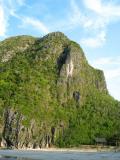
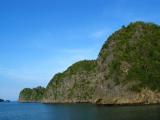









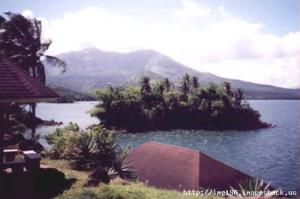



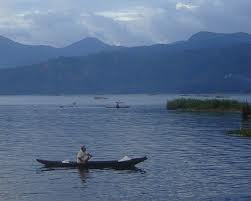
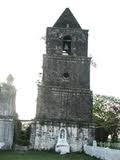
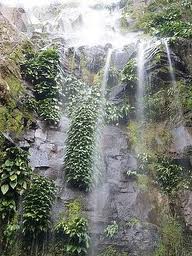
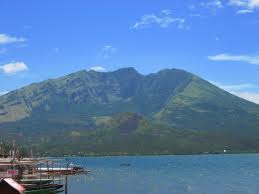
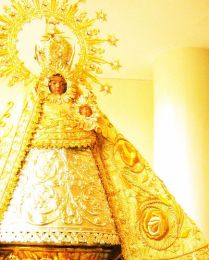




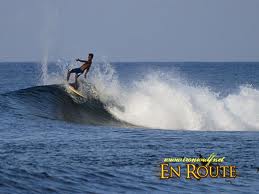


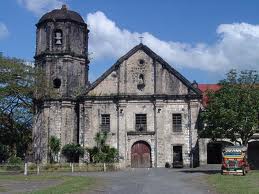


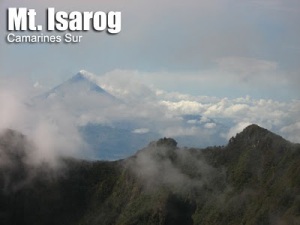

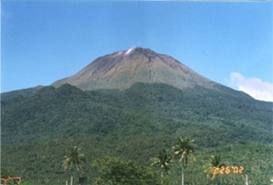





You must be logged in to post a comment.